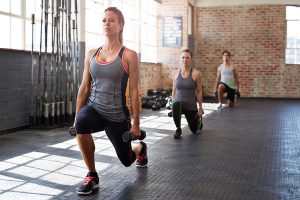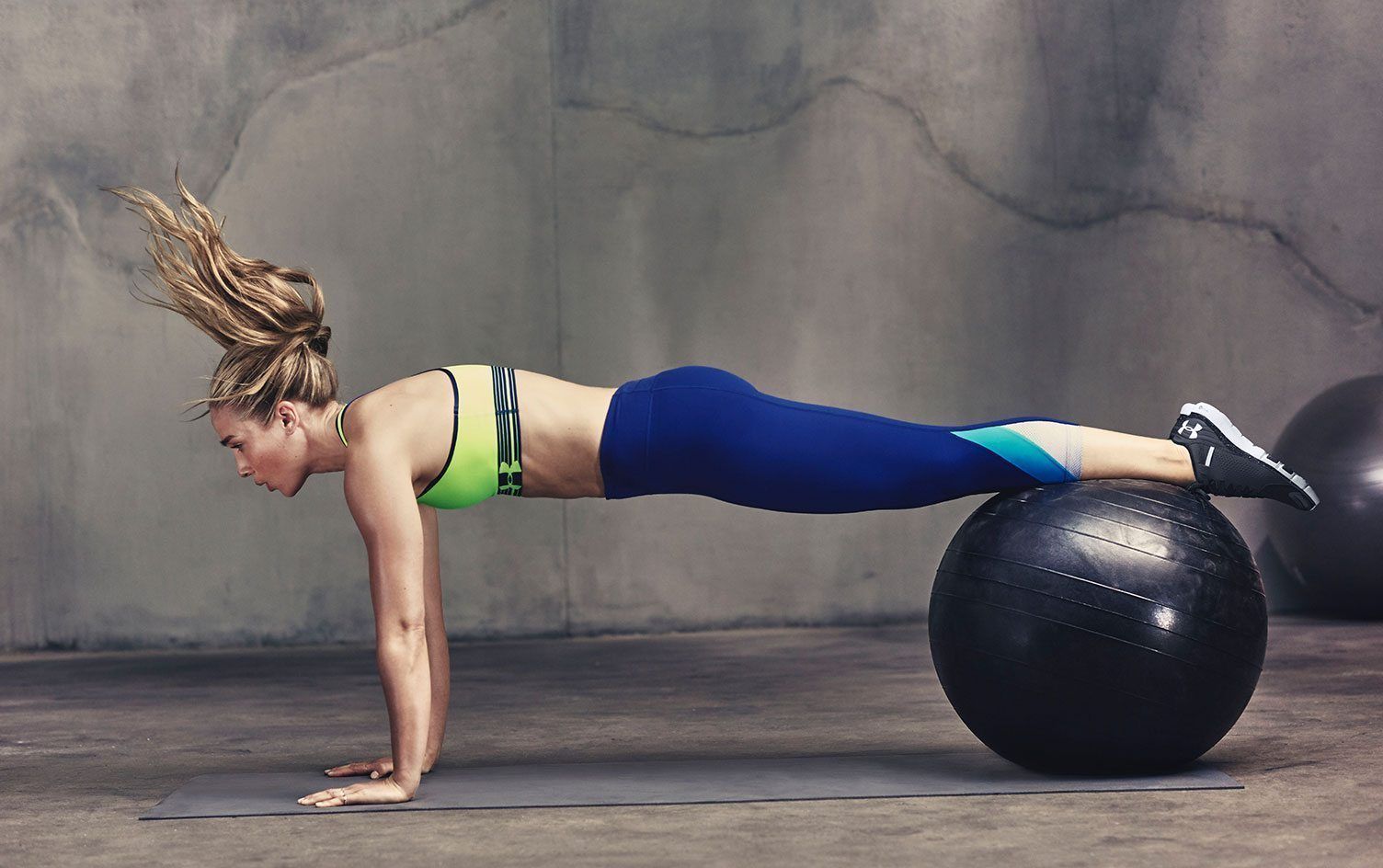Whether you’re a novice taking the first steps toward fitness or an exercise fanatic hoping to optimize your results, a well-rounded fitness training program is essential. Include these five elements to create a balanced routine.
Aerobic fitness
Aerobic activity, also known as cardio or endurance activity, is the cornerstone of most fitness training programs. Aerobic activity or exercise causes you to breathe faster and more deeply, which maximizes the amount of oxygen in your blood. Your heart will beat faster, which increases blood flow to your muscles and back to your lungs.
The better your aerobic fitness, the more efficiently your heart, lungs and blood vessels transport oxygen throughout your body — and the easier it is to complete routine physical tasks and rise to unexpected challenges, such as running to your car in the pouring rain.

Aerobic activity includes any physical activity that uses large muscle groups and increases your heart rate. Try walking, jogging, biking, swimming, dancing, water aerobics — even leaf raking, snow shoveling and vacuuming.
For most healthy adults, the Department of Health and Human Services recommends that you get at least 150 minutes of moderate aerobic activity or 75 minutes of vigorous aerobic activity a week, or a combination of moderate and vigorous activity. The guidelines suggest that you spread out this exercise during the course of a week. You can even break up activity into shorter periods of exercise and aim to move more during the day. Any amount is better than none at all.
You can also try high-intensity interval training, which involves alternating short bursts of intense activity (around 30 seconds) with subsequent recovery periods (around three to four minutes) of lighter activity. For example, you could alternate periods of brisk walking with periods of leisurely walking, or include bursts of jogging in your brisk walks.
RELATED: See These Aerobic Fitness Tips
Strength training
Muscular fitness is another key component of a fitness training program. Strength training can help you increase bone strength and muscular fitness, and it can help you manage or lose weight. It can also improve your ability to do everyday activities. Aim to include strength training of all the major muscle groups into your fitness routine at least twice a week.
Most fitness centers offer various resistance machines, free weights and other tools for strength training. But you don’t need to invest in a gym membership or expensive equipment to reap the benefits of strength training.
Hand-held weights or homemade weights — such as plastic soft drink bottles filled with water or sand — may work just as well. Resistance bands are another inexpensive option. Your own body weight counts, too. Try pushups, pullups, abdominal crunches and leg squats.
Core exercises
The muscles in your abdomen, lower back and pelvis — known as your core muscles — help protect your back and connect upper and lower body movements. Core strength is a key element of a well-rounded fitness training program.
Core exercises help train your muscles to brace the spine and enable you to use your upper and lower body muscles more effectively. So what counts as a core exercise? A core exercise is any exercise that uses the trunk of your body without support, such as bridges, planks, situps and fitness ball exercises.
Balance training
 Balance exercises can help you maintain your balance at any age. It’s generally a good idea for older adults in particular to include exercises to maintain or improve balance in their routine exercises. This is important because balance tends to deteriorate with age, which can lead to falls and fractures. Balance exercises can help older adults prevent falls and maintain their independence.
Balance exercises can help you maintain your balance at any age. It’s generally a good idea for older adults in particular to include exercises to maintain or improve balance in their routine exercises. This is important because balance tends to deteriorate with age, which can lead to falls and fractures. Balance exercises can help older adults prevent falls and maintain their independence.
However, anyone can benefit from balance training, as it can help stabilize your core muscles. Try standing on one leg for increasing periods of time to improve your overall stability. Activities such as tai chi can promote balance, too.
Flexibility and stretching
Flexibility is an important aspect of physical fitness, and it’s a good idea to include stretching and flexibility activities in a fitness program. Stretching exercises can help increase flexibility, which can make it easier for you to do many everyday activities that require flexibility.
Stretching can also improve the range of motion of your joints and may promote better posture. Regular stretching can even help relieve stress and tension.
Consider stretching after you exercise — when your muscles are warm and receptive to stretching. But if you want to stretch before a workout, warm up first by walking or exercising for five to 10 minutes before stretching.
Ideally, you’ll stretch whenever you exercise. If you don’t exercise regularly, you might want to stretch at least two to three times a week after warming up to maintain flexibility. Activities such as yoga promote flexibility, too.
Cover all the bases
Whether you create your own fitness training program or enlist the help of a personal trainer, your overall exercise plan should include several elements. Aim to incorporate aerobic fitness, strength training, core exercises, balance training, and flexibility and stretching into your exercise plan. It isn’t necessary to fit each of these elements into every fitness session, but factoring them into your regular routine can help you promote fitness for life.
